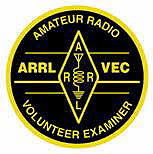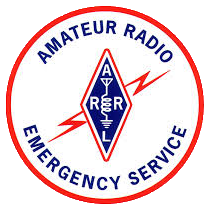ARES, RACES, SATERN, MARS, and virtually every other Amateur Radio organization will have a plan for nets and tactical activities, including a range of frequencies (spanning several bands) to be used for different modes of operation.
Just as there are a range of entities using a range of frequencies across many bands implementing multiple modes, a typical Amateur Radio Operator will own a collection of radios with a variety of differing capabilities. While not all radios will operate across all the bands and operate in all the modes, there is often quite a bit of overlap of functionality.
Quite often these radios, even those functioning on the same bands, are programmed inconsistently and during an emergency, or even day-to-day, an operator may find it difficult to switch between radios and quickly access a specific repeater or frequency.
While, with the exception of the 60 meter band, Amateur Radio does not have channels, best practice calls for storing the various frequencies in standardized radio memory locations (or channels if you must) for ease of access and speed.
In my case, I program a standard set of area repeaters, simplex, and cross-band frequencies in the first 128 memories of my radios. All but one of my HTs, base, and mobile rigs have the exact same frequencies programmed into the same memory locations. The one outstanding rig is not programmable via computer, and I haven't programmed all the channels in yet!
A freeware program named "Chirp" allows programming of most popular radios on the market today, and makes it easy to copy programming from one radio to another, and having standardize memories. I strongly recommend it.
Even if all of your gear can't be programmed using a single program, you can usually export and import memory lists to allow you to cross-program the various radios you have.




